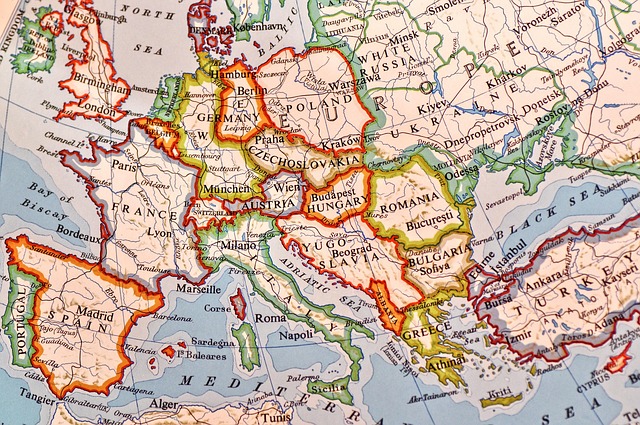The evolution of television technology is a fascinating journey, intertwined with the ebbs and flows of political landscapes. As communication tools, televisions are not merely devices to watch shows; they are powerful mediums capable of shaping public opinion and influencing political discourse. The political impact on display technology and visualization is profound, showcasing how advancements in TV and monitors correlate with societal changes under various administrations.
In the early days of television, broadcasts were limited, but as political events unfolded – such as presidential elections or significant social movements – the demand for clearer, more vibrant displays grew. The introduction of color TV was not just a technical upgrade; it represented a shift in how political messages could be conveyed more compellingly. The vibrant colors engaged viewers in ways that black-and-white images could not, influencing opinions and energizing voters.
In recent years, we have seen a seismic shift in display technology with the arrival of OLED and 4K resolutions. These innovations have significantly enhanced the visual experience, allowing for hyper-realistic portrayals of political events, news broadcasts, and documentaries. As such, televisions have become central to how audiences consume political media. This technological evolution reflects and amplifies the political impact—providing clearer imagery of issues that shape global narratives.
Furthermore, monitors and display technology in the digital age have taken on a more interactive role, as streaming platforms allow for on-demand viewing. The political implications are vast; viewers can choose what to watch, when to watch it, and often, from which perspective they want to engage. This has shifted power dynamics, as traditional broadcasters are challenged by new entrants who present alternative narratives. The impact of this is evident in election cycles where social media and streaming platforms play pivotal roles in shaping electoral outcomes.
The interconnection between technology and politics extends to content creation. The portrayal of political figures and issues on television can lead to significant public perception shifts. As audience demographics evolve, so does the need for displays that cater to diverse preferences. The use of advanced graphic display technology and animation enhances storytelling, making political narratives more accessible and engaging. This is crucial in a world where attention spans are short, and impactful visuals are needed to capture and maintain viewer interest.
Moreover, the global pandemic has accelerated the shift towards remote connectivity, with display technology at the core of virtual political events. Televised debates and discussions have adapted to this new norm, illustrating the resilience of television as a medium for political dialogue. This adaptability highlights the importance of technological advancements that meet contemporary needs while reflecting the political climate.
In the realm of politics, display technology does not merely serve as a tool for transmission; it becomes an active participant in how political narratives are crafted and delivered. The political impact of advancements in television technology continues to evolve, revealing the intricate dance between visual technology and the political landscape. Whether it’s through clearer images in political debates or the immersive experience of current events, television remains a pivotal medium that influences public perceptions and political realities.




